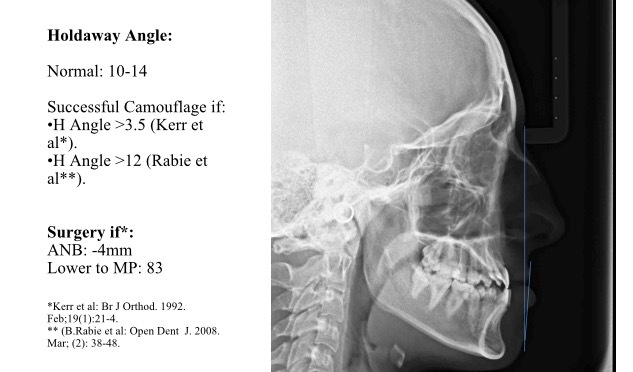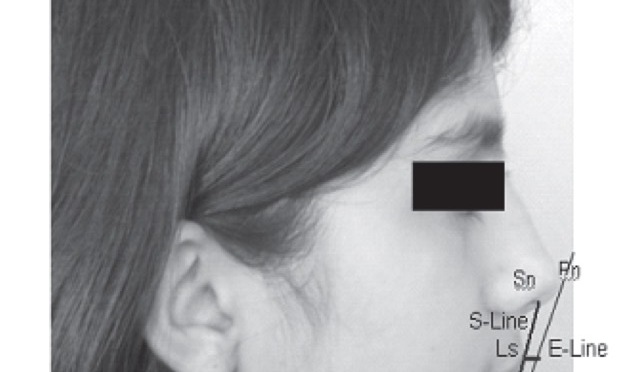Written by : Dr. Rania Alraddadi .
Dear all,
Today we discussed expansion and mentioned that in most of the cases mandibular arch “follows” the expansion of the maxillary arch and so we rarely use expansion appliances in the mandible.
I just wanted to share the explanation to help the junior residents and refresh the info for the rest of us.
According to Hass, this happens due to several factors:
1- The forces of occlusion were altered by expansion so that the normal lingual vector on the mandibular teeth was lost and the lateral movement of maxilla widened the area of attachment of buccal musculature which caused change in balance between buccal surface and the tongue (a decrease in pressure from the cheeks as result of upper arch expansion will allow the tongue to exert more pressure thus uprighting and expanding lower arch).
2- Thickness of the appliance (3 quarters of an inch) might have caused the tongue to be in a lower position thus exerting even more lingual pressure on mandibular teeth.
Here is the original article:
http://www.angle.org/doi/pdf/10.1043/0003-3219(1961)031%3C0073:reotmd%3E2.0.co;2
Thank you.


